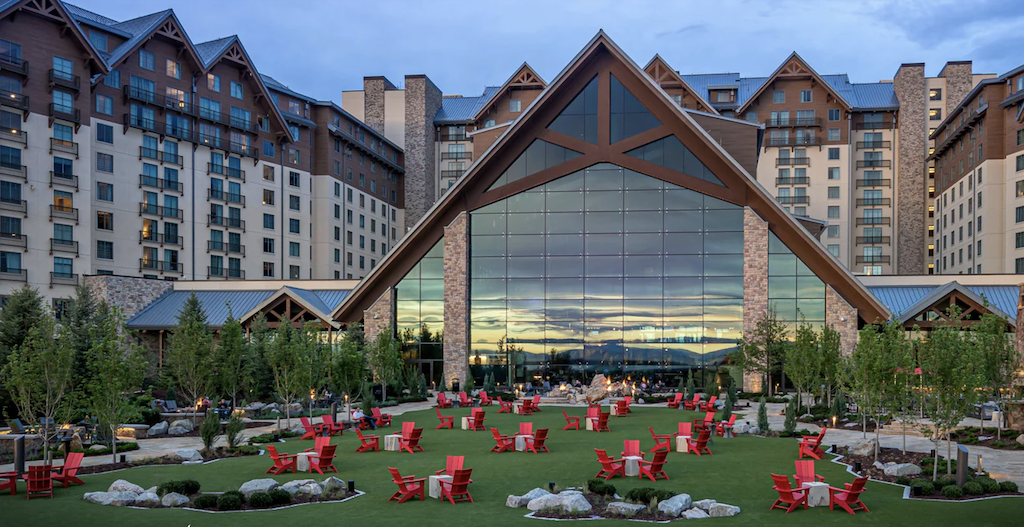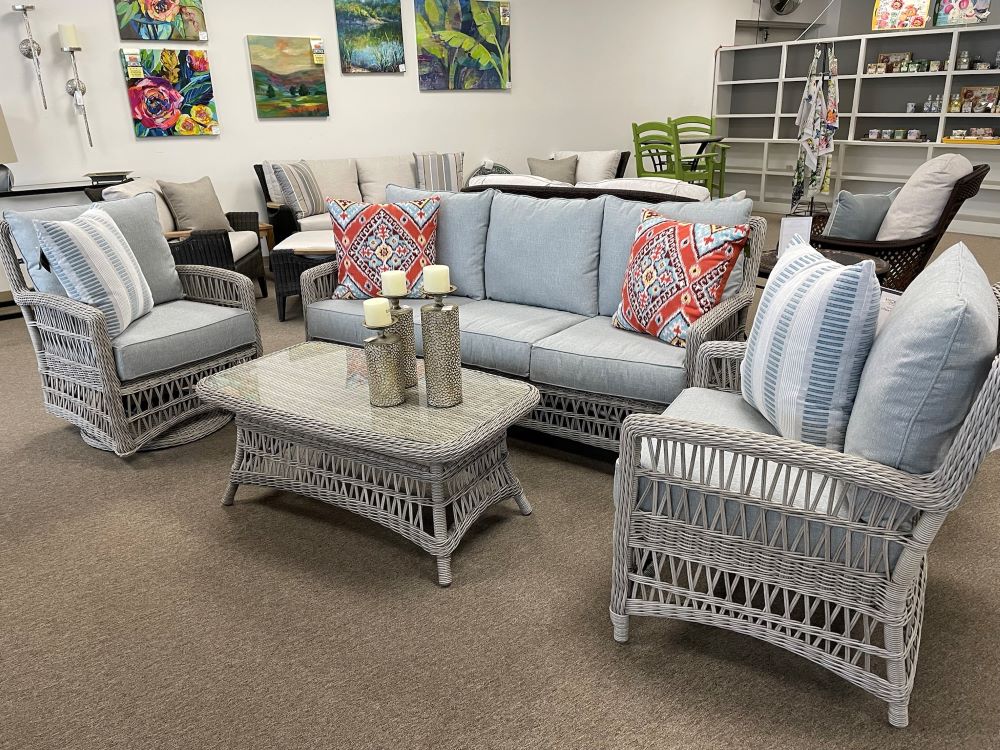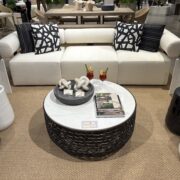Dottie Reynolds, who with her husband, John Chamberlain, owns Columbia, South Carolina-based Casual Living, says that the biggest challenge in retail these days goes beyond merchandising, product selection and lead times.
It boils down to how much all of it costs.
“I think that with the rise in prices to a place none of us ever imagined outdoor furniture would climb, that sales education of employees and customers is critical,” says Reynolds. “Sticker shock and resistance must be addressed in a way that the customer can understand the value of the specialty retailer’s product over less expensive products. This has never been more important to explain.”
The store has weathered economic good times and bad since it began in 1976 as a wicker and rattan store with a few pieces of patio furniture. The outdoor category grew over the next decade and became a greater part of the mix of merchandise — and the couple bought it from the retiring owners in 1986.

These days, sales have slowed from the highs that Casual Living saw in the pandemic years of 2020 through 2022, so much so that it seems much quieter now, but Reynolds believes that things are actually getting back to normal.
“In reality, I believe we are on the same course as pre-pandemic; we are at the end of the school year and the beginning of summer vacation season, and with that, we do see a bit of a hot-weather, summer lull which normally picks up again after vacations, summers spent at the beach/mountain homes and ferrying home-from-school kids around,” says Reynolds. “There has been much talk of a recession for the past year. It hasn’t happened and I am not sure that it will or that, at our demographic, it will have much effect if it does.
“I do, however, believe that, after three years of being confined to home and local endeavors, our customers are now, and will continue, to spend on travel, events and experiences, and that durable goods will take a back seat. Even with rising interest rates, home sales in our area are strong, so I am optimistic about the outdoor category. Put another way, I do not believe our customers are going to sacrifice making their homes as comfortable and enjoyable as possible.”
Right now, the biggest challenge is finding good help.
“Ours is a highly specialized industry about which few people have any experience or knowledge,” Reynolds says. “Hiring people who are willing to work hard to learn all the information and present themselves in an acceptable manner to interact with our customers is stressful and time-consuming. I don’t have answers. I think that higher expectations when people are younger leads to better performance when they are older. By higher expectations, I don’t necessarily mean higher grades. Learning social skills, professional etiquette, manners and respect for those who are more seasoned is a good place to start.”
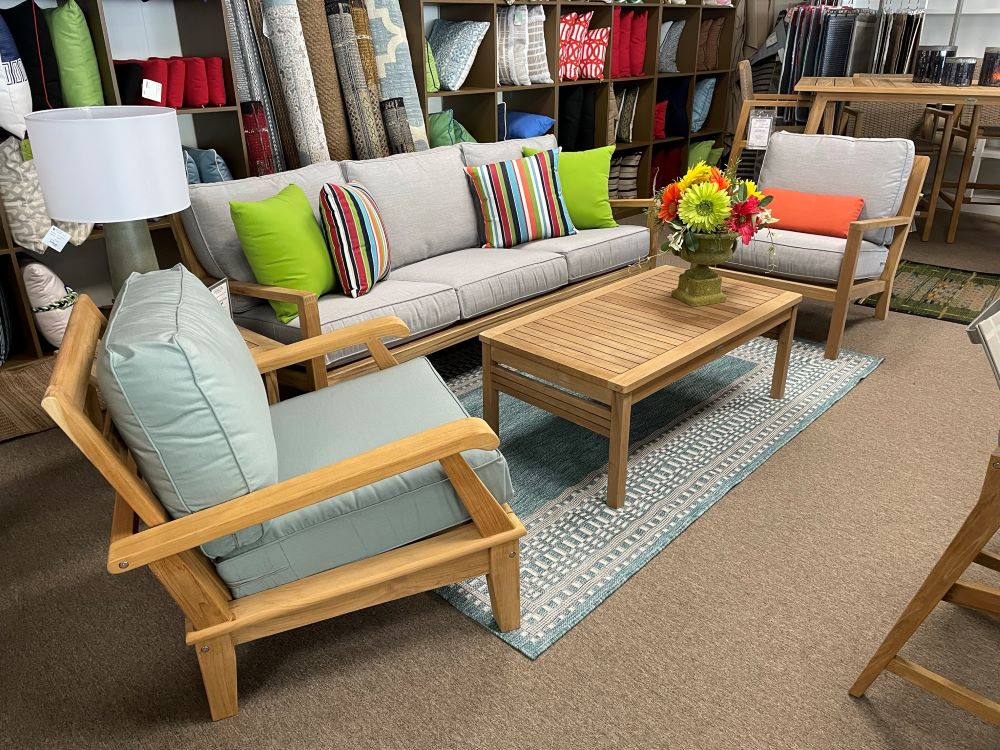
Along those same lines, Reynolds says that the key to sales success could very well be laughter.
“The most important element to success is our staff and continuing to maintain good interaction with and establishing trust from our customers is key to all else we may do,” she says. “My favorite thing is hearing the laughter between sales staff and customers as I am doing something in the office or elsewhere in the store. Staying abreast of products and design trends and even local events and news allows us to ‘schmooze’ our customers and create a friendly and relaxed environment and puts customers at ease. We may not always make a sale but we feel we will be remembered.”
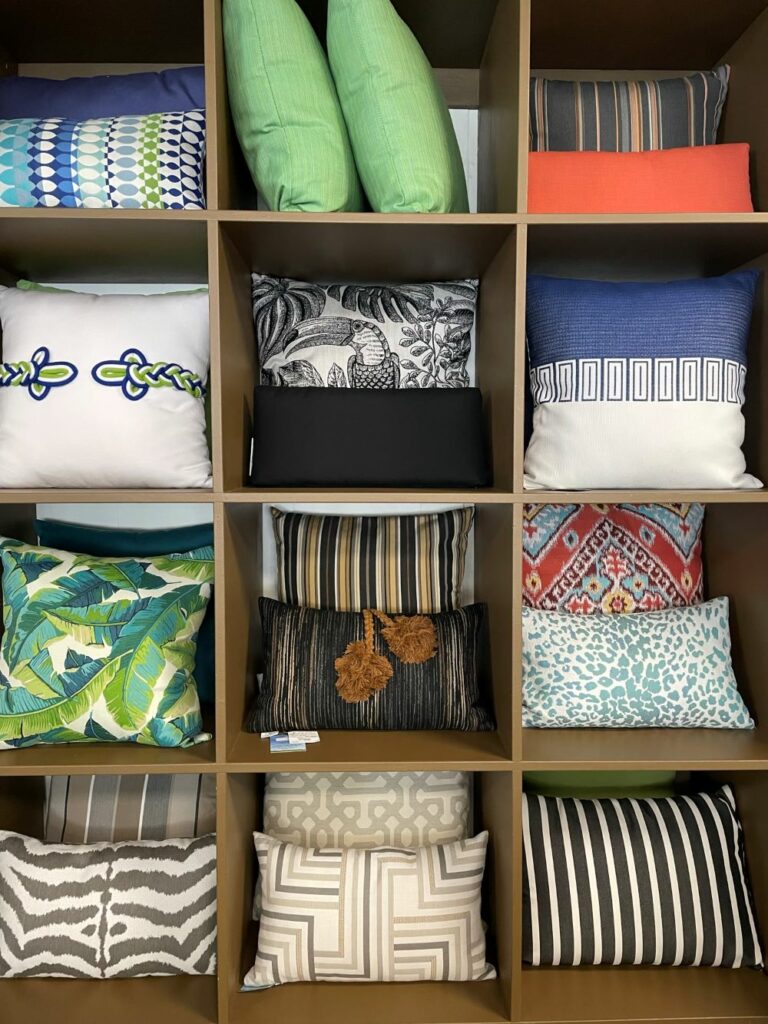
To choose the products that will be offered to the store’s customers, the most important considerations are visual appeal or what specific needs the store has in its inventory, as well as the manufacturer’s history of customer service and product success. To get the word out about those products, Casual Living uses a variety of marketing and advertising methods.
“Digital changes rapidly and is difficult to keep up,” says Reynolds. “We use different things to achieve different results. We have recently engaged with a local television station, something we hadn’t done in years. The important thing is to keep your name and message out there but understand that you cannot engage with everyone in every way, and there are times when the public is not paying attention to your ads. Social media that is not product driven is important to reach people when they are on the go. Creative marketing adds a guerilla aspect to the mix and can be fun for the staff as well as customers. Using one’s customer database, when used judiciously, is a great way to keep in touch even when customers are not actively purchasing.”
Casual Living doesn’t really try to compete with online sellers. It does sell from its own website to those customers it can deliver to and service from its physical location, but it has made the decision to let the Amazons and Wayfairs of the world go their own way.
“It has been a long time since we have had customers tell us they are also shopping online or asking us to price-match,” says Reynolds. “Savvy customers know the benefits of shopping in a brick and mortar, even if they are shopping on the online version of a particular brick and mortar that they know and trust either by experience or reputation.”
Reynolds says she used website marketing to make it possible for potential customers to shop at Casual Living even though it was closed during the pandemic.
“At the start of the pandemic, we created a new website on which we could show in-stock product and pricing in order to keep the sales flowing while we were closed,” says Reynolds. “There is no way to get around the fact that people are going to shop online and, by now, everyone has experience with it. We consider it a resource for those who want to research or pre-shop and a convenience for those who do not want to shop in person. However, we continue to have personal interaction with online shoppers so that it is not sterile or without human connection. We feel this is extremely important.”
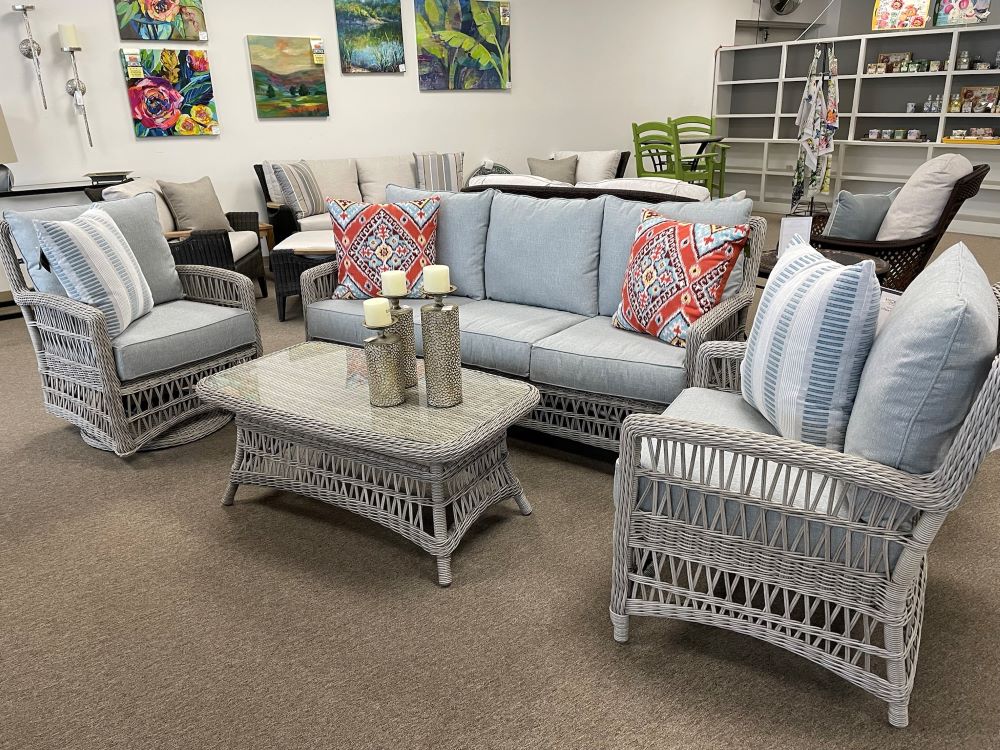
Accordingly, it is that connection that sets Casual Living apart from its competitors.
“We pride ourselves on our customer service, willingness to help our customers in any way we can, product knowledge, friendliness and design abilities,” she said. “Many customers are repeat over the years and become friends.”
That level of customer service is vital for success.
“When we first started, outdoor furniture was primarily sold in full-line furniture stores,” she says. “As specialty retailers popped up and the category expanded, full-line stores did not transition to the point where they could compete. That was nice. Then, the internet happened. With the huge growth of the category, everybody, including the grocery store, carries some kind of outdoor furniture.
“We are used to it by now, but we have a better selection, better product knowledge and a lot more experience. More channels of distribution are to be expected with such expansive growth in the category. Expansive growth, however, is good for the entire industry. It means people are committed to including outdoor living in their daily lives.”
Any advice for a struggling casual retailer?
“Take a good look at every aspect of your business,” says Reynolds. “Consider making small changes to those things that may need updating or refreshing, whether it be systems, product mix, merchandising, personnel, advertising and marketing, or even location. Again, outdoor living is big and not going anywhere. Having an established business is a step ahead of anyone new getting into the business. Improve it and run with it. Don’t be afraid to talk with other casual retailers. We all like to share knowledge, ideas and successes – just not with our competitors.”



